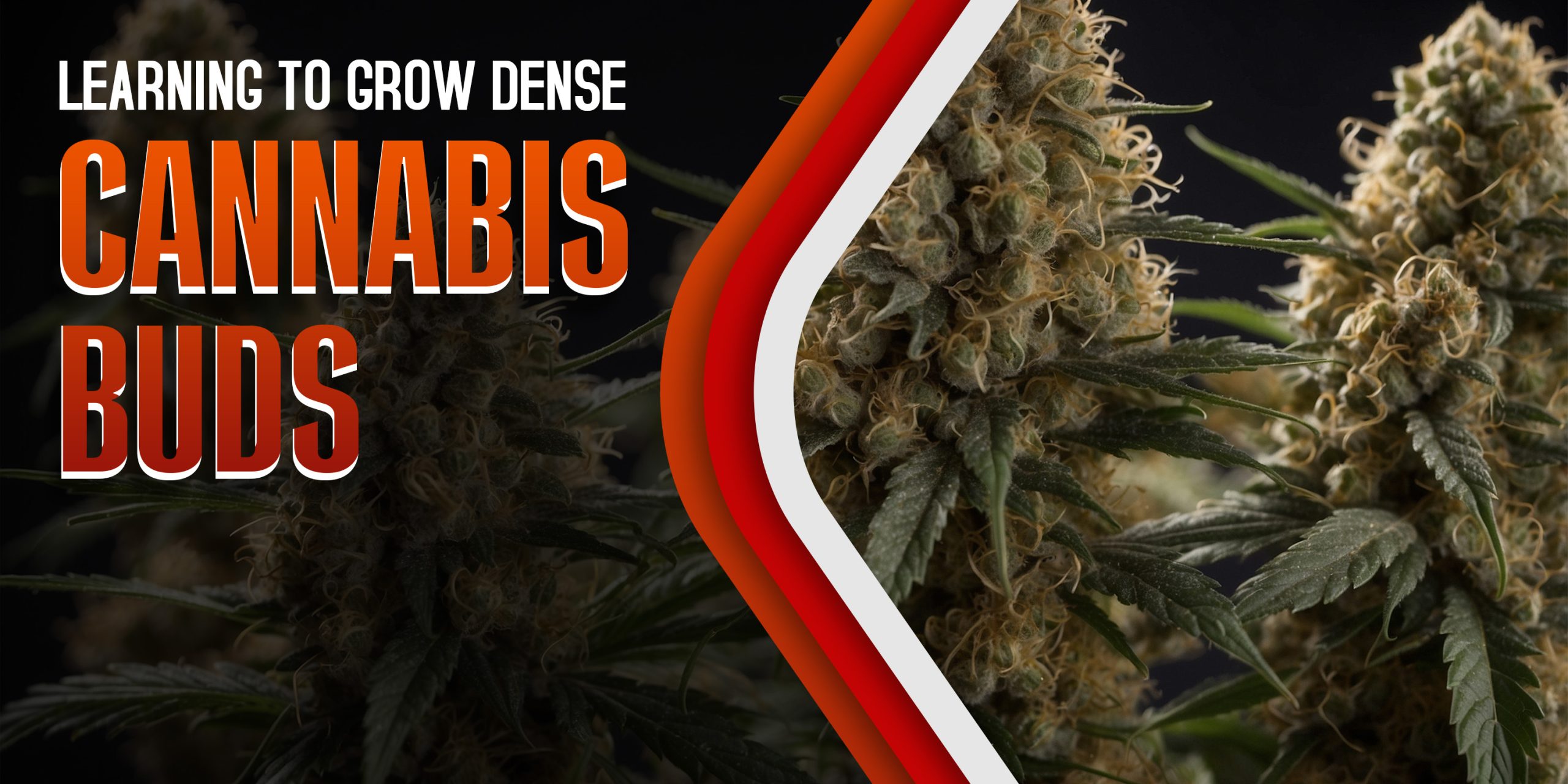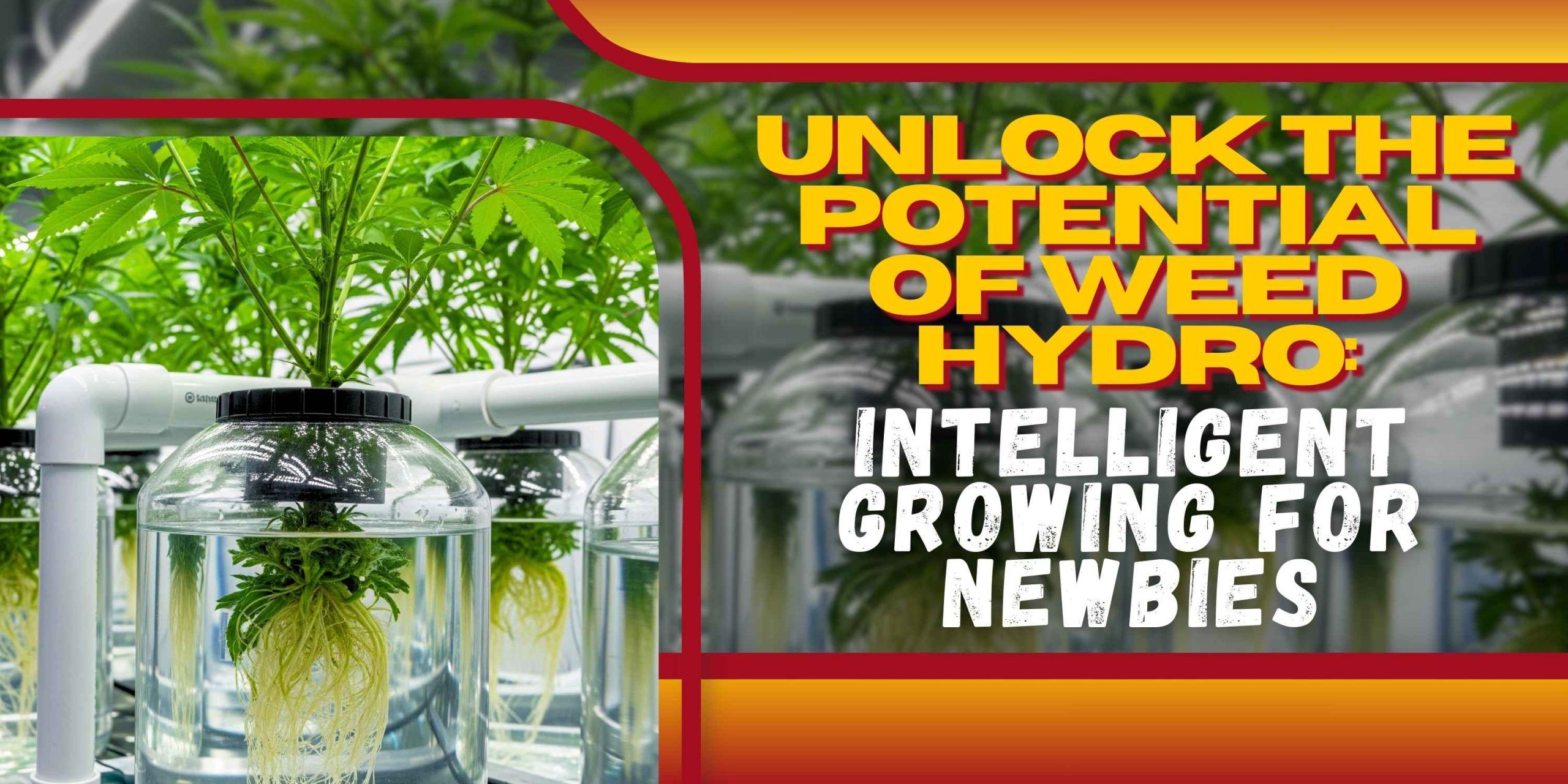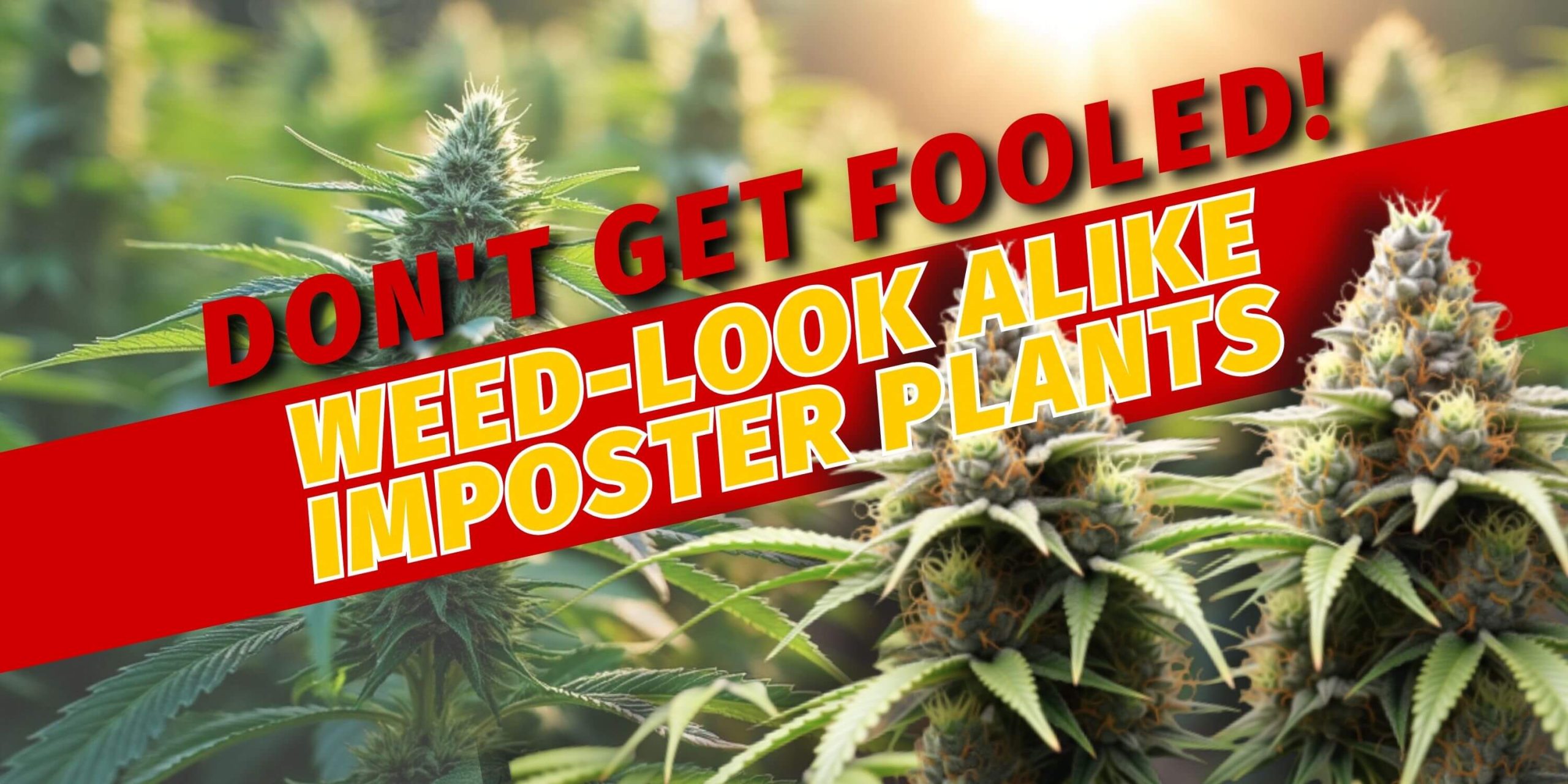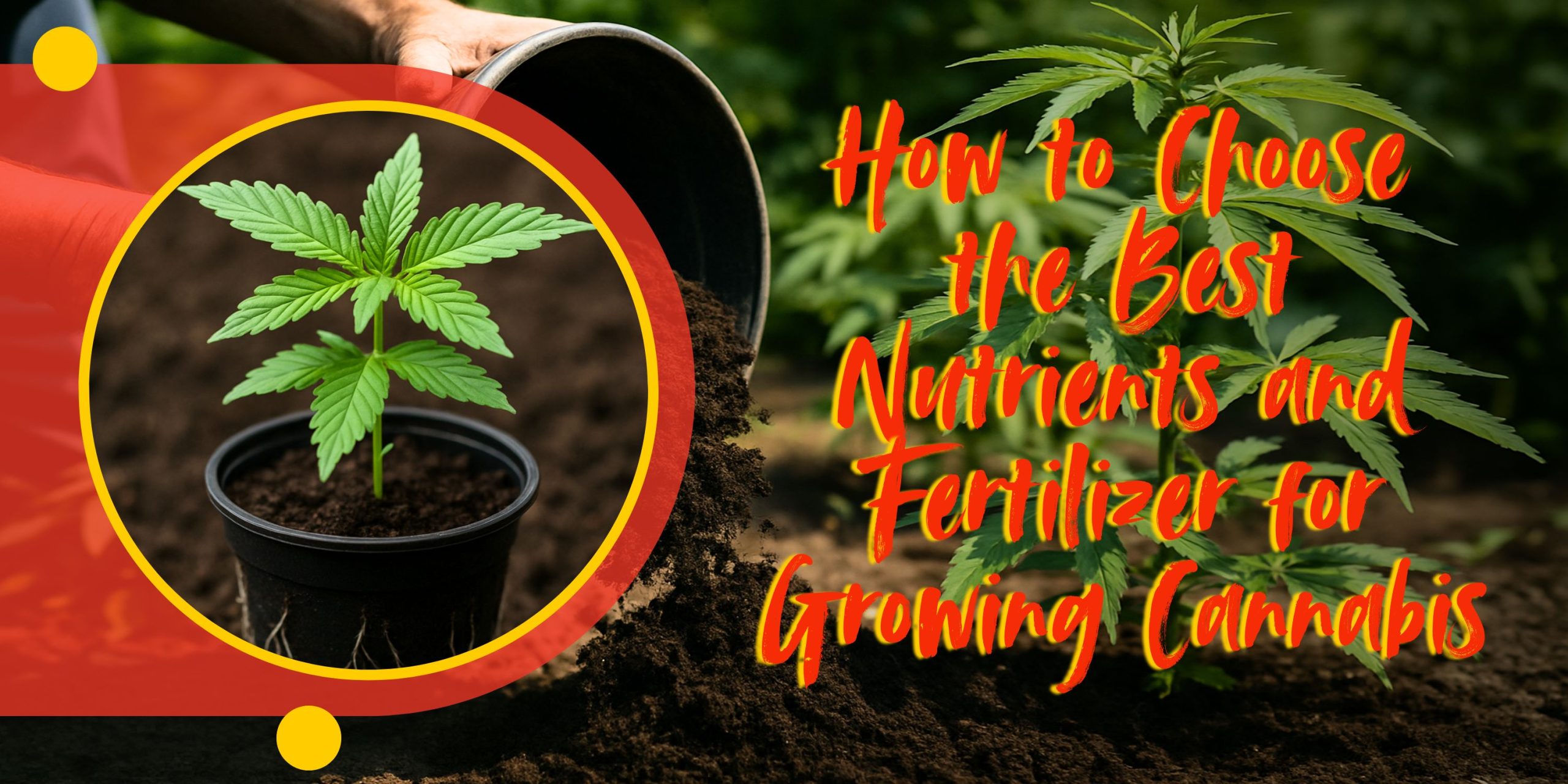Irrespective of individual cannabis growing or commercial production, cultivation of this marijuana variety with dense, resinous buds is the dream of every grower. Not only are the buds a pleasure to look at, but they also contain more cannabinoids and terpenes than less dense buds, which implies that they will be stronger and more flavorful. Learning to grow such quality involves immense knowledge regarding plant genetics, lighting, nutrients, environmental conditions, and proper cultivation techniques.
Each step of the cannabis life cycle, however small it might be, contributes to the end density of your buds. Choose the optimal strain first and then modify it with respect to growing conditions in order to optimize the flowers production. Correct pruning, training, and post-harvest handling will also keep the final product from degrading. This manual presents a thorough examination of how to grow dense buds with high quality, comparable to the best your business has to offer.
Choosing the right strain for density
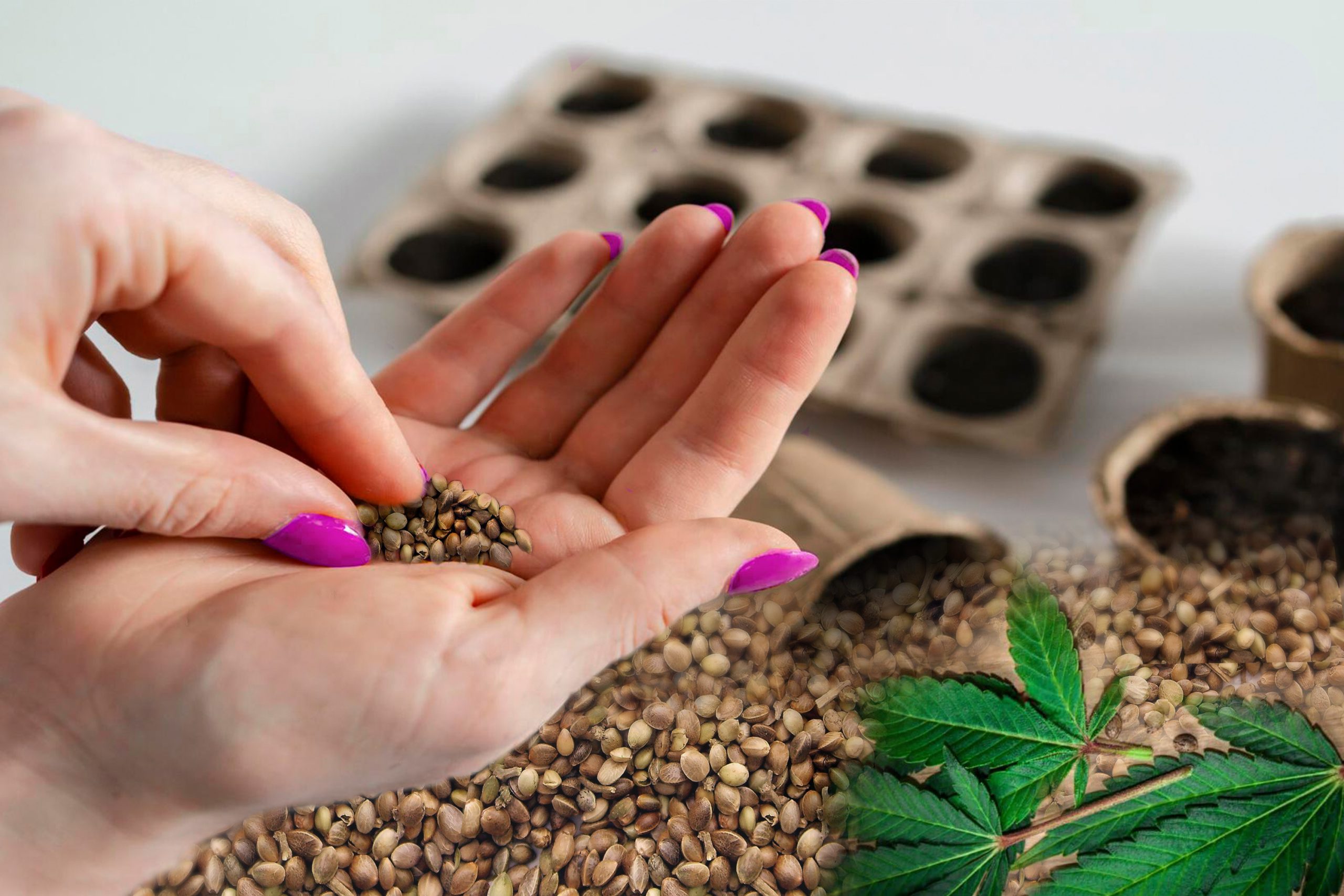
The genetic makeup of the cannabis plant provides the basis for bud density. Some strains produce compact, thick flowers, while others develop an airy, less-dense bud. Growers who care about having dense nugs in their harvests will need to find the right strains with dense buds to make that happen.
Indica vs. Sativa for Dense Buds
The Indica dominant varieties are ideal for the sake of dense buds. These go hand in hand with short and bushy form as well as dense flowers. Some extremely popular varieties such as Granddaddy Purple, Northern Lights and Blueberry are due to their rock-hard buds which form tightly closed calyxes. Sativas, however, like Super Lemon Haze and Amnesia Haze, form typically the airy narrow buds, though powerful, lack the density most growers desire.
Hybrid strains can also be an excellent option, especially ones that have been specifically bred for high-grow-dense buds. Gorilla Glue #4, Wedding Cake, and Girl Scout Cookies are some examples of these strains, which take the dense bud structure from the indica parent while maintaining a bit of the sativas’ energetic traits.
Choosing Quality Seeds
Another vital thing to ensure a solid growth is the source of your cannabis seeds. High-quality seeds from reputable seed banks are loaded with excellent genetics with solid characteristics to grow heavy buds. Avoid purchasing from scamming operations, as inferior genetics can cause wimpy plants with airy, light buds that have little to no potency and flavor.
Maximizing Lighting Conditions for Maximum Bud Density
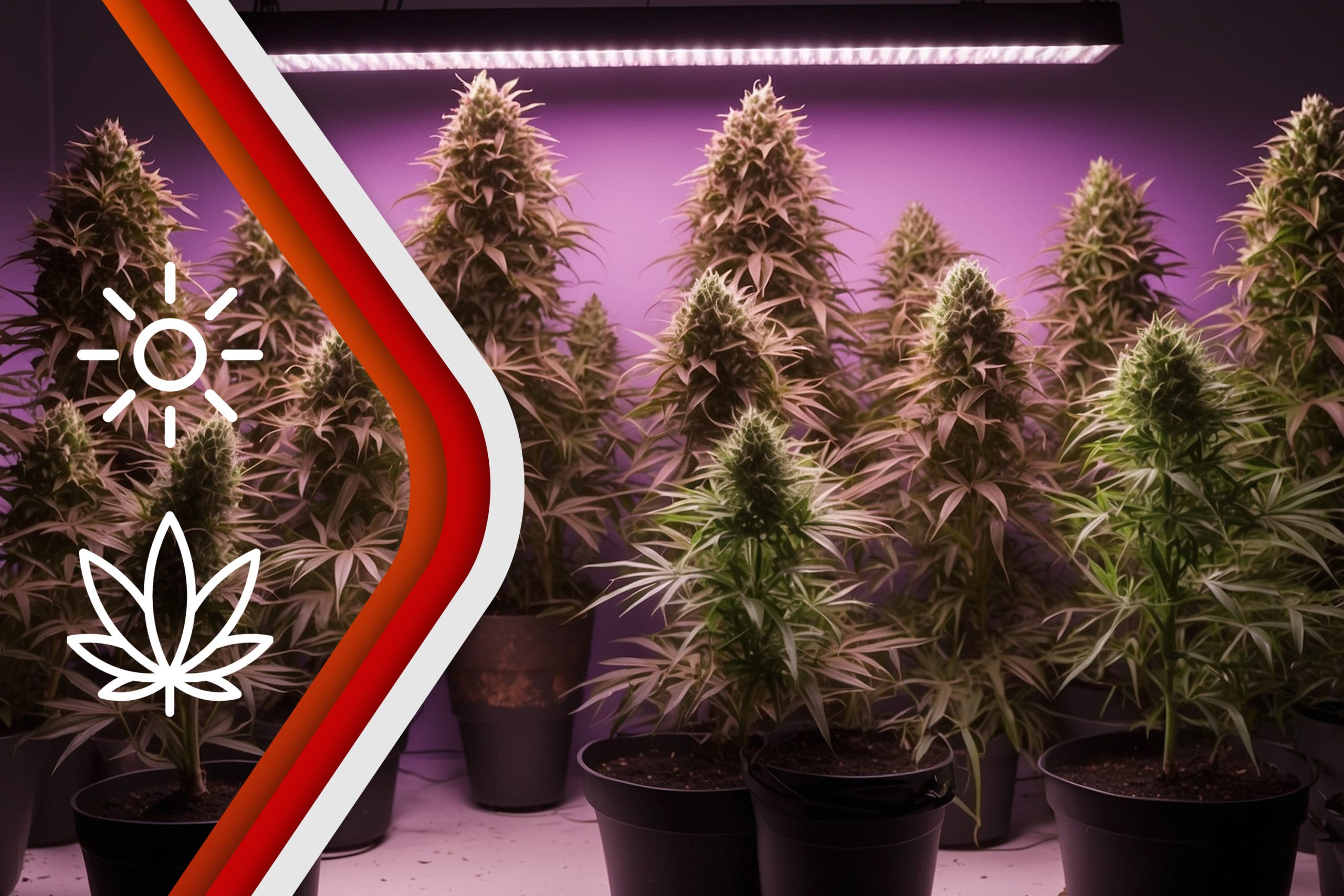
Light is one of the biggest factors that influence the development of heavy cannabis buds. The duration, intensity, and type of exposure significantly impact the plant, resulting in big, resinous flowers.
Choosing the Best Grow Lights
Another more traditional indoor growing alternative has been HID, such as metal halide (MH) and high-pressure sodium (HPS) lamps, which have long been a standard by which growers measure lumens output, resulting in thick, heavy buds. But full-spectrum LED grow lights are rapidly becoming popular for their efficiency, low heat emission, and likening to natural sunlight. LEDs will give the most effective spectrum under both vegetative growth and flowering for maximum bud density.
For growers who want the good of both worlds, ceramic metal halide lamps offer the best of HPS and LED while offering full-spectrum light with great intensity. Light distance and coverage of 600W per square meter is the minimum for dense bud production regardless of light type.
The distance from the light source to the cannabis canopy is critical. Placing lights too close causes light burn, and having them too far apart reduces intensity and yields stretchy, less dense buds. Changing the distance based on the growth stage guarantees optimal light absorption. For instance:
Seedling stage: 24-30 inches.
- Vegetative stage: 18-24 inches.
- Flowering stage: Reduce the space to 12-18 inches for optimal bud formation.
Accurate Light Cycles
Different growth stages have varying light cycles needed by cannabis plants. For the vegetative stage, an 18-24 hour light cycle promotes healthy branch and leaf growth. Transferred to 12 hours of light and 12 of darkness, the plants reach the flowering stage, which induces bud formation. Uninterrupted darkness in the flowering stage is very important since light seepage can stress plants and produce lesser-quality buds.
Nutrient Maximization for Dense Marijuana Buds
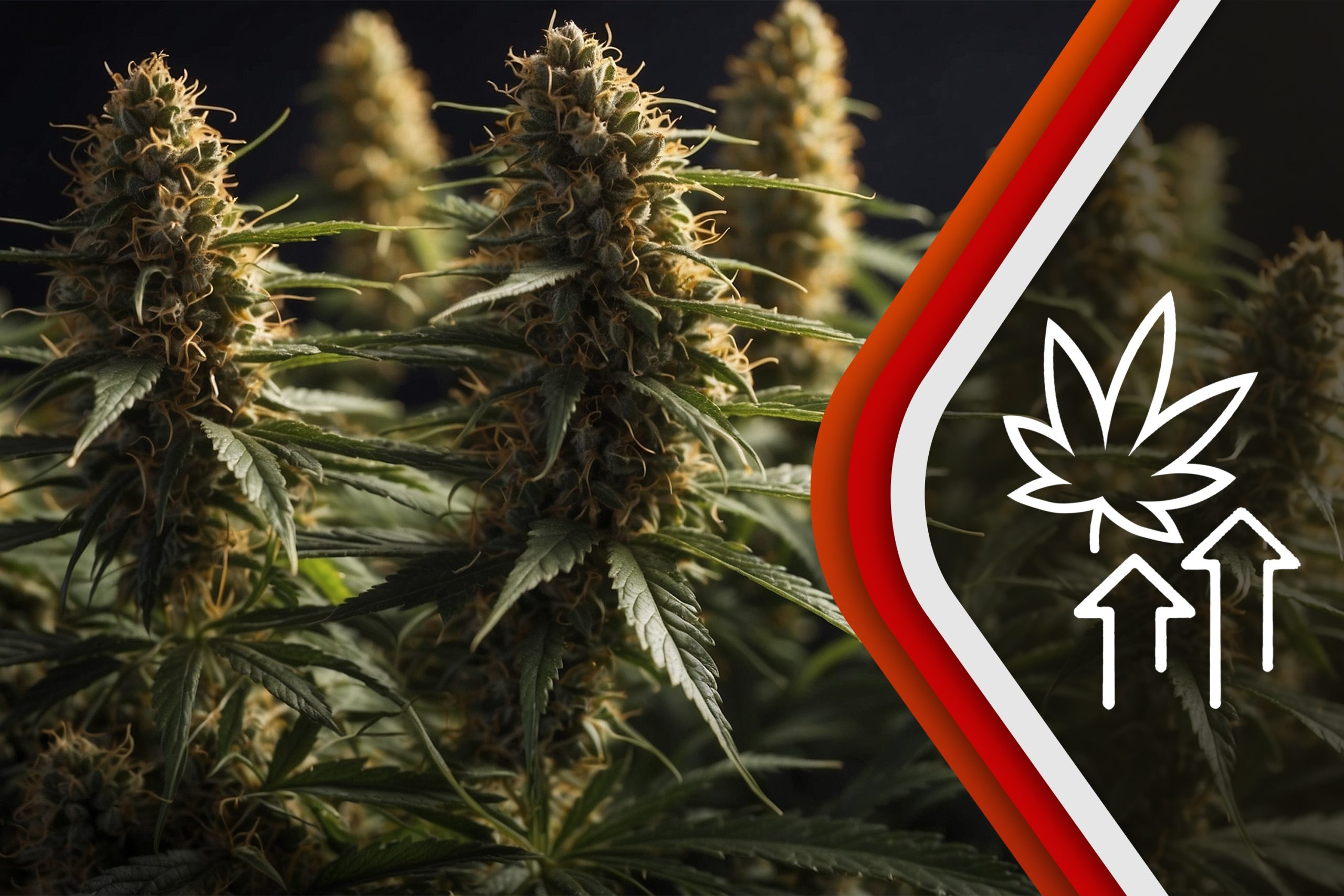
Providing marijuana plants with sufficient nutrients at the right times is necessary for dense bud development and peak flower yields. A well-balanced fertilizer regimen supports healthy growth and allows plants to achieve their potential for flower production.
Macronutrients Needed to Densify Buds
Three macronutrients are utilized by marijuana plants:
- Nitrogen (N): Required in large amounts during veg growth to have abundant leaves and robust stems.
- Phosphorus (P): Promotes superior root development and tight bud formation in flowers.
- Potassium (K): Creates overall plant health, strengthens cell walls, and promotes disease resistance.
During the flowering stage, nitrogen needs to be reduced while phosphorus and potassium intake are increased to support bud development. The use of a formula with an NPK ratio of 1-3-2 during mid to late flowering promotes denser flowers.
Secondary Nutrients and Micronutrients
Calcium, magnesium, and sulfur are all essential for the growth and metabolism of the cannabis plant. Lack of these nutrients can result in thinner cell walls and yield fluffy, smaller buds. Cultivators routinely supplement with cal-mag products to ensure optimal growth and ward off deficiencies.
Micronutrients like zinc, manganese, and iron are useful as well, but in small amounts. These substances enhance enzyme functions and chlorophyll synthesis, which serves to facilitate efficient energy conversion for more dense, stronger buds.
Organic vs. Synthetic Nutrients
Organic nutrients such as compost teas, worm castings, and fish emulsions are slow-releasing foods that are all-natural and encourage soil health. Conversely, synthetic nutrients provide point-targeted control of nutrient uptake and hasten delivery. Although both will provide dense buds, most people prefer their organic feeding for more robust terpene and flavor development.
Pruning and Training Techniques for Maximum Bud Densification
Pruning and training techniques allow producers to manage the structure of plants, directing energy into the growth of buds rather than too many leaves. The techniques increase light penetration and air circulation and ensure that all possible bud sites obtain the necessary resources.
Topping and FIMing for More Bud Sites
Topping is trimming the top stem to encourage lateral growth, growing multiple colas instead of one leading cola. This produces more even, dense buds. FIMing, a type of topping, trims only part of the top growth, growing four new areas of growth instead of two.
Low-Stress Training (LST)
LST involves bending and tying down branches to create a balanced canopy. This technique provides maximum light exposure to lower bud sites, creating even density on all colas.
Defoliation for Improved Airflow
Excessive fan leaf removal allows greater light penetration and improved airflow, reducing mildew and mold risk for dense flowers. Strategic defoliation throughout early and mid-flowering enhances the overall quality of buds.
Conclusion
How to grow denser buds? Cultivating cannabis with dense buds requires care, patience, and accuracy at every stage of the growing process. Whether selecting good quality genetics or modifying lighting, fertilizers, and climate, every one of these plays an important role in reaching maximum bud density.
Through the use of high-tech post-harvest, pruning, and training techniques, cultivators can significantly enhance bud quality and potency. As a home grower or commercial grower, through the use of these best methods, you’ll be able to cultivate top-shelf, rock-hard cannabis buds that win visually and in their effect.


